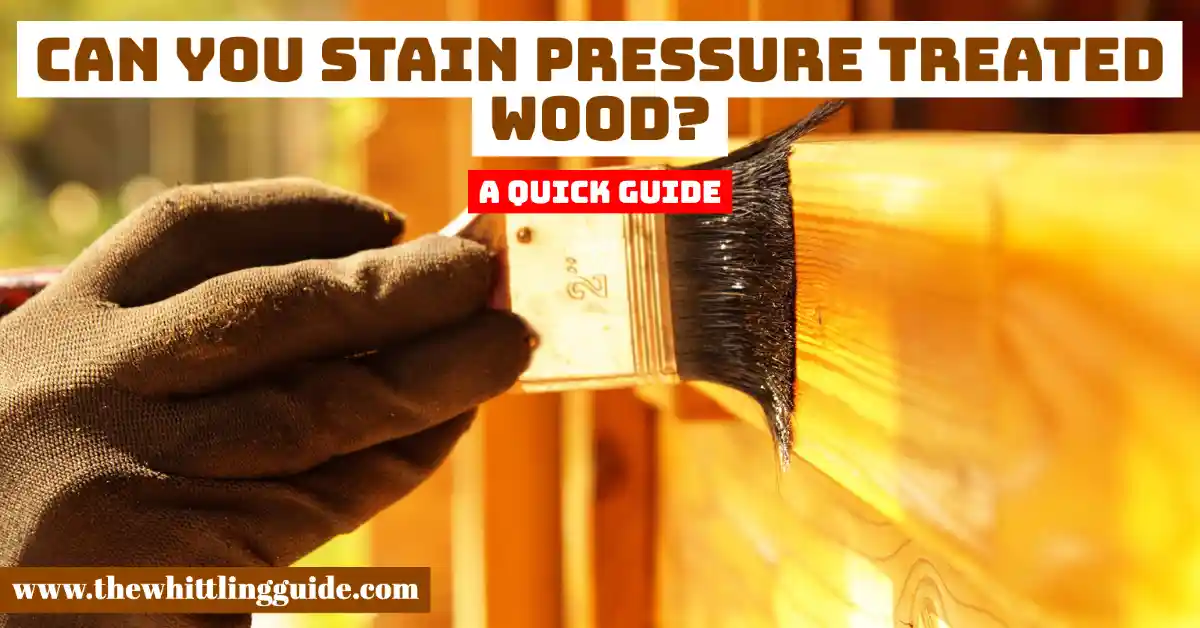
Can pressure treated wood be stained?
You know you cannot treat it with stain if you have a deck, fence, or shed made of pressure-treated wood. It may be fun to treat the wood with a homemade latex stain, but it will not protect your wood from the harmful effects of the chemicals in the treatment.
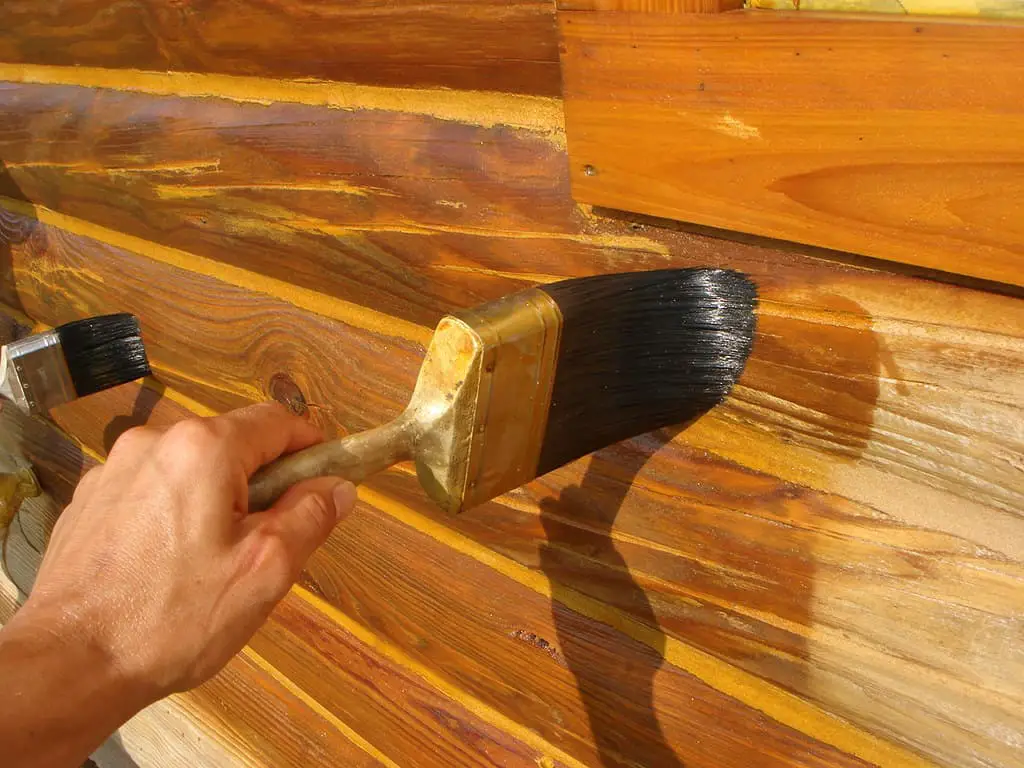
You will find that pressure treated wood is a very popular material for decks in both new and old homes due to its longevity, strength, resistance to rot and insect damage, and its ability to be painted and stained to complement most building materials. Pressure treated wood is, however, susceptible to damage from a range of chemicals. These include the carcinogenic chlorinated solvents used for treating the wood, the herbicides and pesticides used commonly in gardens, and the various other chemicals used in cleaning products.
What is Pressure Treated Wood?
It is treated wood that becomes more durable and less susceptible to molds, insects, and water damage. Pressure-treated wood also becomes fireproofed depending on the type of primer used. The process uses high pressure to inject a preservative into the wood.
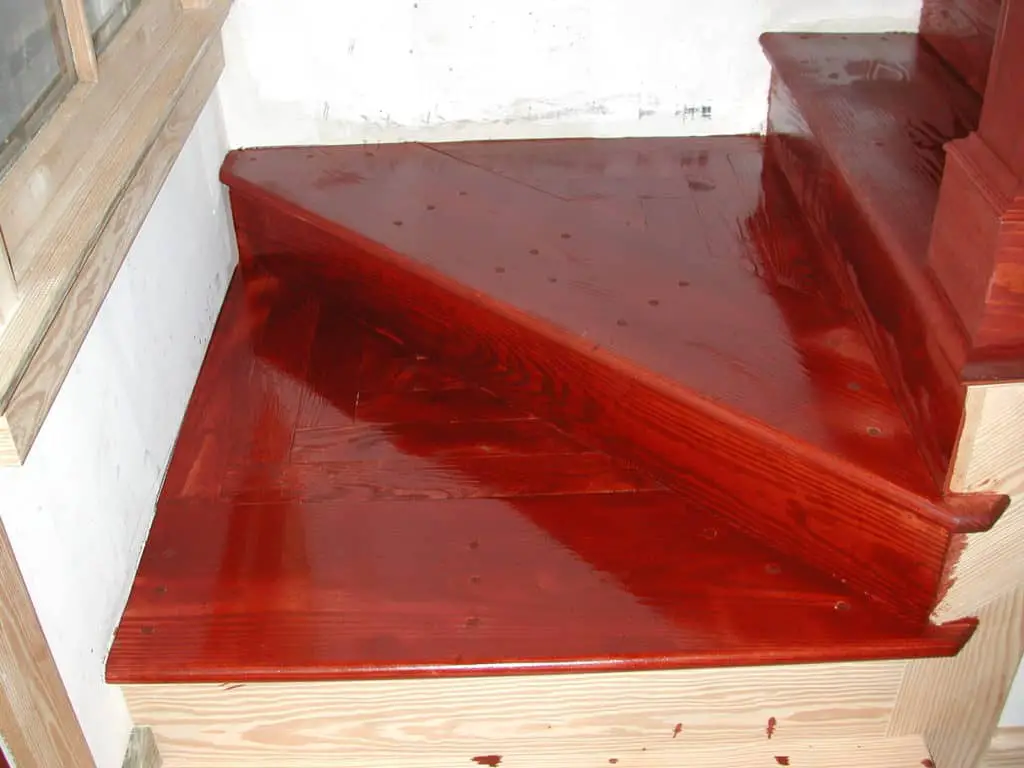
The preservative is a chemical that is resistant to insects and moisture. Pressure-treated wood survives harsh conditions outdoors. The air inside the wood is replaced with chemicals to become resistant to decay. It becomes easy to cut and lightweight.
There are three types of pressure-treated wood for different applications. Above ground are woods that are resistant to insects and rot. Ground contact is wood that retains the chemicals used for safety to ground contact.
Marine lumber is resistant wood for docks and seawalls. The process involves saturating milled lumber with chemical preservatives. The lumber comes in pine or cedar.
The chemicals reduce the vulnerability of the wood to insects and rot. The wood is left wet, so you coat the wood with paint. Pressure-treated wood is a time-sensitive project. Pressure-treated wood removes a greenish color that is not appealing to the eye.
Paint gives it color and style. Chemicals make the wood fire retardant. Multiple types of pressure-treated wood are used in different projects.
Why stain pressure treated wood
We stain pressure-treated wood to protect it from sun damage and dirt. Treating wood protects it from rot and insects. That is the role of stain pressure-treated wood. The process increases the life of the wood.
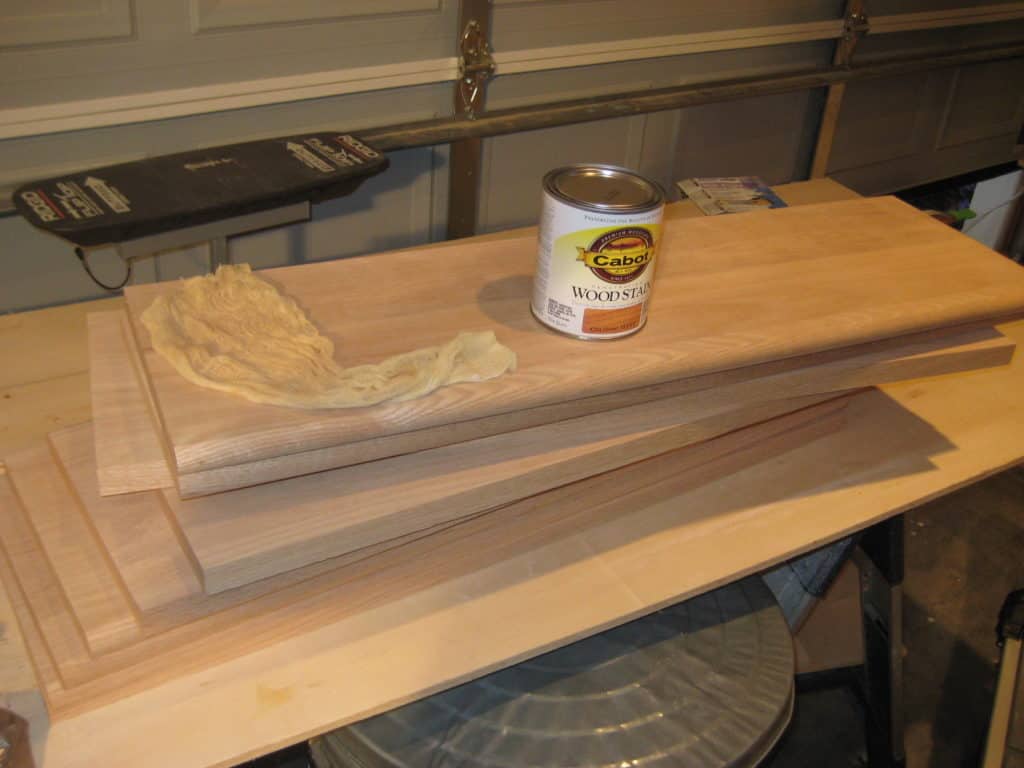
Pressure-treated wood needs to be stained to give the surface a good appearance. It also minimizes the effects of aging and insect attacks. Stain pressure-treated wood lasts long. It gives better protection from getting cracks and showing some splints due to seasonal changes.
Stained wood leaves a beautiful structure. Unstained pressure-treated wood turns grey when exposed to the sun. Staining pressure-treated wood adds color to the wood.
Sometimes you have a wood color you dislike and want to change it without adding paint. Staining pressure-treated wood gives you an option to change the color. With the right stain, pressure-treated pine looks like cedar. However, apply coats over the years to maintain the color.
Staining pressure treated wood
Staining wood is a process to be followed to bring better results. The surface needs to be clean, and dry, and applying with a brush will be easy. Clean the surface by knocking off dust or maybe blowing the dust off the wood. That helps to bring a smooth surface. The wood needs a lower moisture content to avoid a bad outcome.
Press a wire into the wood to check on the moisture. If water splits, the wood needs to be dried again. Give time to the wood so that it dries for you to stain pressure-treated wood. The climate determines installation time. Test the wood before you stain pressure-treated wood. If it is wet, water beads on the surface.
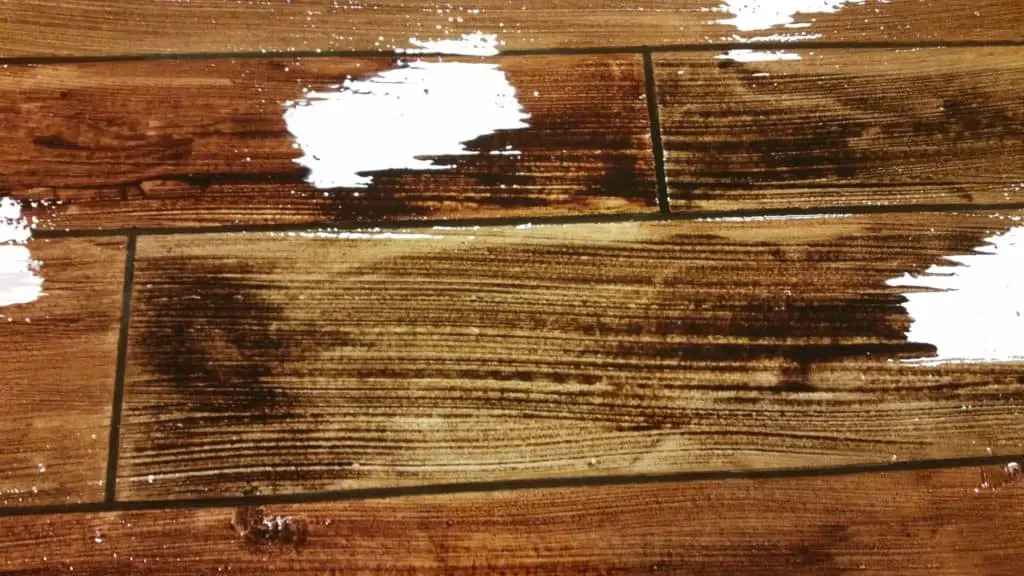
Dry pressure treated wood absorbs water beads within ten minutes. Oil stains and water stains are two types of wood stains. An oil stain is for dry wood. These stains do not mix. Sand the wood before you add stain. Be careful of the chemicals used for treating the wood. To start staining, choose the stain that works for the pressure-treated wood, wash the wood, prepare to stain, and apply the stain.
Choose the best wood to stain. Mixing with paint gives good results. Stain for exterior use work to stain pressure-treated wood. Oil-based stains soak into the wood, creating a barrier against water protection. Latex stains are like paint. They hide the grain of the wood.
There are stains designed for pressure-treated wood. Wash the wood using a pressure washer. Old stains are removed using wood cleaner from the hardware. Let the wood dry before staining. Test the level of moisture using the bead system. Use a nail to be sure. Press it into the wood.
If water seeps out, it needs more time to dry. Mix the stain. If you cannot, ask the hardware to do that for you. Stir continuously for better results. Test the staining in a small spot. When satisfied, get ready to apply the whole surface. Apply stain till you achieve your results. Back brush strokes cause color variation. When staining the fence, start from the top to cover drips.
Why you should use a primer
Primer creates a bond between wood and primer. That is the undercoat that prepares the stain on the wood. It increases the durability of the staining and ensures the adhesion of the staining to the surface. It protects the wood just like the stain.

You end up having more coats, including the primer. That protects the wood. The stain clings to the primer. That reduces drips. Choose a primer that is compatible with the stain. A primer hides the imperfections of the wood.
It prepares wood to receive staining and improves the surface. It covers holes when you apply a primer. The stain lasts longer and looks beautiful after the prime.
What kind of primer should you use?
The type of primer one should use is determined by the type of wood. A wrong primer compromises the process. High-quality latex primer is for new wood that has not been stained. For painted, new wood, use a stain-blocking primer. For old and weathered wood, use high-quality latex or oil-based primer.
How you can do it
Clean the wood. Let it dry, and sand it. Remove the dust created during the sanding process using a brush. Wash the surface using a wet rag, soap, and water. Get rid of all the particles. Allow the wood to dry. Apply the wood primer. Two coats are standard. Do not worry if the primer looks chalky.
Stains are not your only option
Stains are not your only option when you already have the color you like on your wood surface. A wood sealer would be ideal. A transparent wood sealer does not add color to the surface. It protects the wood and allows the natural color of the wood surface to come through.
The same way you apply colorless nail polish to maintain your natural nail color.
Stain requires the user to repeat the process to maintain the look of the wood. Treated wood is stained, but it will not stay new forever. It is up to you to accept the process and embrace it.
- Grain and Sheen: Teak Oil versus Danish Oil Uncovered - January 10, 2024
- The Cherry on Top: Crafting the Perfect Cutting Board - January 9, 2024
- Polyurethane Water-Based vs Oil-Based: Choosing the Right Finish - January 8, 2024
